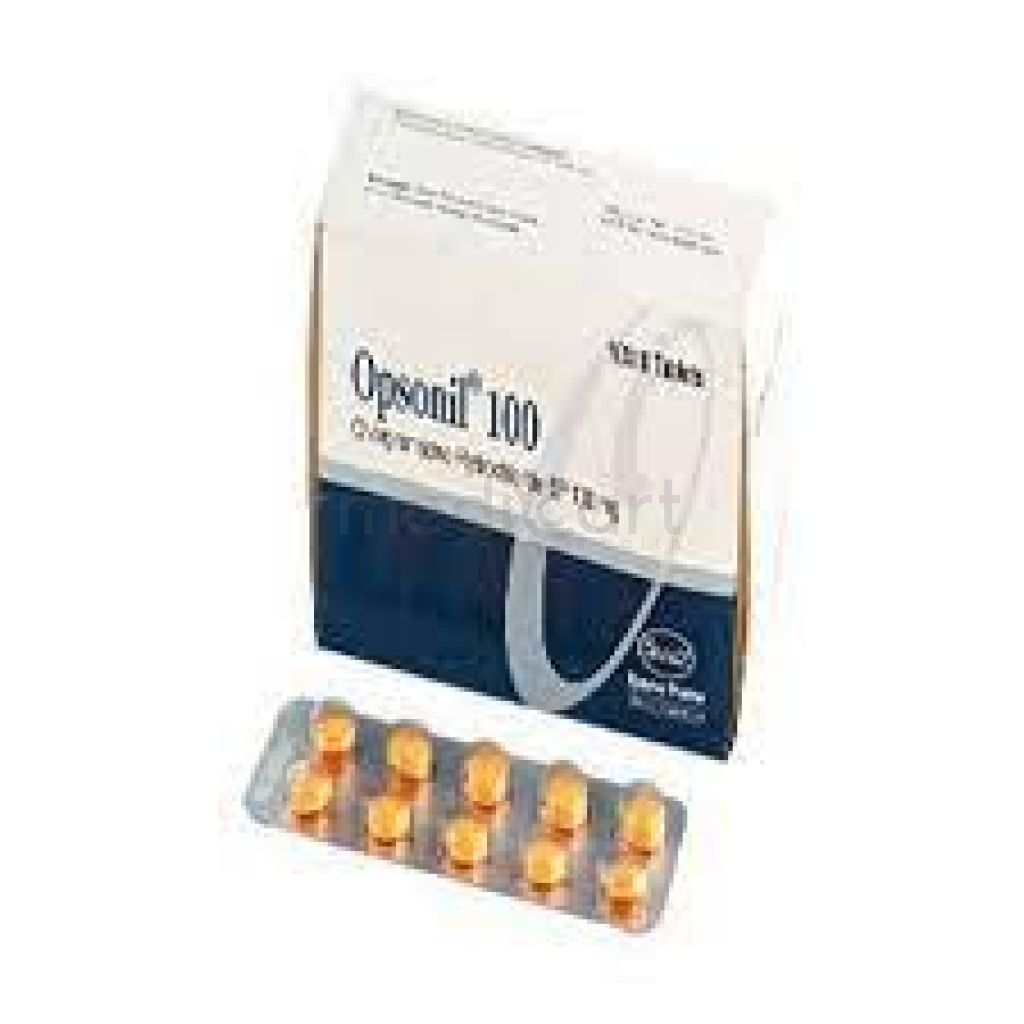

Rythmosin 150 mg
Tablet
Pack Size :
10 Tablet x 1 strip
Generics :
Propafenone Hydrochloride
Manufacturer :
Unimed & Unihealth Manufacturers Ltd.
Best Price *
TK
150.00
* Delivery will be done in Dhaka city only.
Alternative Product
More Information About - Rythmosin 150 mg
Description
Generic Name
Propafenone HydrochloridePrecaution
Severe pulmonary obstructive diseases, CHF, cardiac pacemaker, impaired renal/hepatic function, pregnancy, lactation, elderly. Correct electrolyte disturbances before starting treatment. May worsen heart failure in patients with preexisting organic heart disease. May worsen or cause new severe ventricular arrhythmias e.g. ventricular tachycardia or fibrillation. May aggravate electrically induced ventricular tachycardia in some patients. Lactation: Crosses into breast milk; discontinue drug or do not nurseIndication
Supraventricular and ventricular arrhythmias, Atrial Fibrillation/FlutterContra Indication
Uncontrolled heart failure, marked hypotension, severe bradycardia and heart block, conduction abnormalities, cardiogenic shock, myasthenia gravis.Dose
N/ASide Effect
>10% Unusual taste (7-23%),Dizziness/lightheadedness (7-15%),N/V (3-11%) 1-10% Constipation (4-8%),Headache (2-6%),Intraventricular conduction delay (4%),Fatigue (6%),Blurred vision (3%),Weakness (3%),Dyspnea (2%),Wild complex tachycardia (2%),Bradycardia (2%),Palpitations (2%),Tremor (2%),Anorexia (2%),Diarrhea (2%),Ataxia (2%),1?AV block (2-5%),Angina (5%),Palpitations (3%),CHF (2-3% ),Chest pain (2%),Bradyarrhythmia (2%),AF (1%),Bundle branch block (1%),2nd degree AV block (1%),Hypotension (1%),Sinus arrest (1%) Frequency Not Defined Lethargy,Rash,Dyspepsia,Dry mouth,Agranulocytosis,Hepatotoxicity (rare),Systemic lupus erythematosus (rare),Bronchospasm (rare) Potentially Fatal: SA/AV or intraventricular blocks. Severe hypotension, especially in elderly.Pregnancy Category
Name : Not Classified
Description
FDA has not yet classified the drug into a specified pregnancy category.Mode of Action
Propafenone is a class 1C antiarrhythmic drug with local anaesthetic effects, and a direct stabilising action on myocardial membranes. The electrophysiological effect manifests itself in a reduction of upstroke velocity (Phase 0) of the monophasic action potential. In Purkinje fibers, and to a lesser extent myocardial fibers, propafenone reduces the fast inward current carried by sodium ions. Diastolic excitability threshold is increased and effective refractory period prolonged. Propafenone reduces spontaneous automaticity and depresses triggered activity.Interaction
Effect may be potentiated by local anesth, beta-blockers, TCA. May increase plasma level of propranolol, metoprolol, desipramine, cyclosporin, digoxin, theophylline. Plasma conc may rise when taken simultaneously w/ cimetidine or quinidine. May enhance effect of anticoagulant. Simultaneous administration w/ phenobarb or rifamycin may decrease propafenone plasma conc, possibly in sub-therapeutic levels.Pregnancy Category Note
Pregnancy There are no studies in pregnant women; available data from published case reports and several decades of postmarketing experience with use in pregnancy have not identified any drug-associated risks of miscarriage, birth defects, or adverse maternal or fetal outcomes; untreated arrhythmias during pregnancy may pose a risk to pregnant woman and fetus; the drug and its metabolite, 5-OH-propafenone, cross the placenta in humans Incidence of VT is increased and may be more symptomatic during pregnancy; ventricular arrhythmias most often occur in pregnant women with underlying cardiomyopathy, congenital heart disease, valvular heart disease, or mitral valve prolapse; breakthrough arrhythmias may occur during pregnancy, as therapeutic treatment levels may be difficult to maintain due to increased volume of distribution and increased drug metabolism inherent in pregnant state The drug and its metabolite have been shown to cross placenta; adverse reactions such as fetal/neonatal arrhythmias have been associated with use of other antiarrhythmic agents by pregnant women; fetal/neonatal monitoring for signs and symptoms of arrhythmia is recommended during and after treatment of pregnant women Animal data In animal studies, propafenone was not teratogenic; at maternally toxic doses (ranging from 2 to 6 times maximum recommended human dose [MRHD]), there was evidence of adverse developmental outcomes when administered to pregnant rabbits and rats during organogenesis or when administered to pregnant rats during mid-gestation through weaning of their offspring Infertility Based on human and animal studies, may transiently impair spermatogenesis in males; reversible decreases in spermatogenesis have been demonstrated in monkeys, dogs, and rabbits after lethal or near-lethal intravenous doses of the drug Labor or Delivery Risk of arrhythmias may increase during labor and delivery; patients should be monitored continuously for arrhythmias during labor and delivery Lactation Propafenone and its active metabolite, 5-OH-propafenone, are present in human milk, but levels are likely to be low; there are no data on effects on breastfed infant or on milk production The developmental and health benefits of breastfeeding should be considered along with the mother?s clinical need for propafenone and any potential adverse effects on breastfed infant from propafenone or from underlying maternal conditionAdult Dose
Oral Supraventricular and ventricular arrhythmias, Atrial Fibrillation/Flutter Adult: For immediate-release tablet: Usual initial doses: 150 mg tid, may increase at intervals of 3-4 days up to 300 mg tid. Dose reduction is recommended in patients weighing <70 kg. Elderly: Dose reduction is recommended. Hepatic impairment: Dose reduction is recommended.Child Dose
Safety and efficacy not establishedRenal Dose
N/AAdministration
Should be taken with food. Take after meals. Swallow whole, do not chew/crush.Disclaimer
The information provided herein are for informational purposes only and not intended to be a substitute for professional medical advice, diagnosis, or treatment. Please note that this information should not be treated as a replacement for physical medical consultation or advice. Great effort has been placed to provide accurate and comprehensive data. However, Medicart along with its authors and editors make no representations or warranties and specifically disclaim all liability for any medical information provided on the site. The absence of any information and/or warning to any drug shall not be considered and assumed as an implied assurance of the Company.



